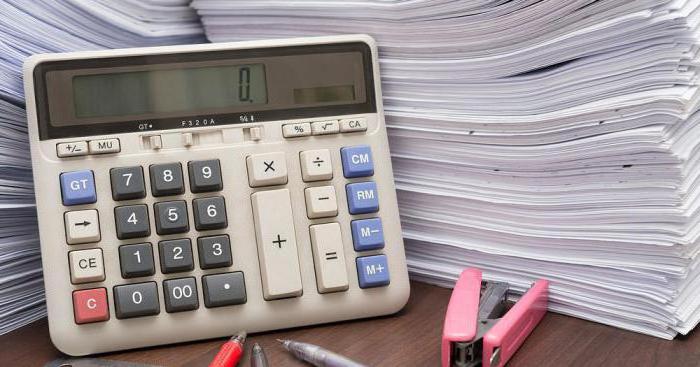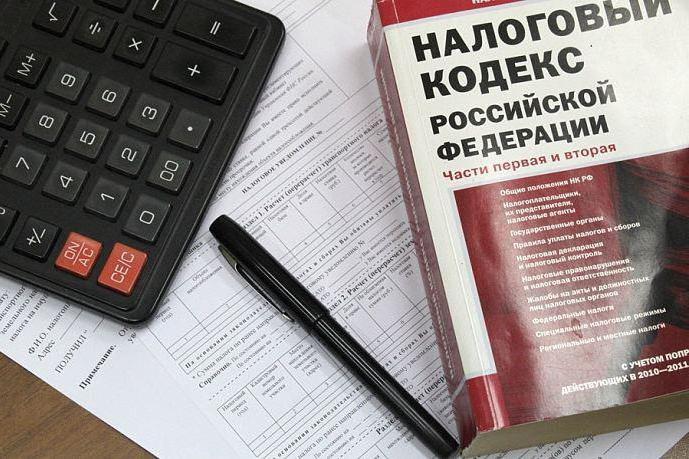Calculation of UTII
UTII is the abbreviated name of a single tax on imputed income. Under Russian law, such a taxsome areas of entrepreneurial activity may be subject to taxation. Here you need to be attentive and accurately understand the peculiarities of this tax: they are subject only to those areas of activity for which certain rates of profitability have already been established. Simply put, officials have identified certain activities by which they have calculated the minimum threshold of profitability. On the basis of this value, further calculation of the UTII is carried out. In general, this type of taxation refers to a simplified system, in 2011 a quarter was adopted for the base period.
Article 26.3 of the Tax Code of the Russian Federation defines a list of activities that may fall under the imputed tax on imputed income. These, for example, may include household and veterinary services, retail, placement of outdoor advertising and so on, a complete list is given in this article. In addition, Article 346.29 of the Tax Code determines the basic profitability of the activities stipulated in Article 26.3, in order to carry out the calculation of the UTII on its basis. It is assumed that the minimum threshold of profitability for rendering, say, services for the organization of treatment of animals - 7,5 thousand rubles, and when placing advertising on cars - 10 thousand rubles.
The formula, which will be used to calculate the UTII, in general terms is calculated by this method:
EHVD = Bas.Dokh. * Ph.P. * K1 * K2 * Base Trans. * 15%.
Now we decipher some indicators:
Baz.Doh. Is the base income of your enterprise, whose activities fall under the list of articles 26.3
Ph.P. Is an indicator, which is determined by Article 346.29.
K1, K2 are coefficients that are proofreaders of the basic income that are installed on the ground (that is, they can be different for different cities).
Bas.Per. - this is the base period, for example, a quarter or half a year.
15% is the interest rate for a single tax.
As a consequence, arising from the Tax Code, it is possible to makeconclusion that for different activities the calculation of the UTII will be different. For example, with such an activity as retail, the calculation of the UTII is fraught with numerous difficulties. It is difficult to determine Ph.P. (physical indicator), as it is not always clear what to take into account - the area of the hall in which the trade is being made, or the area of the whole place intended for trade. In addition, it must be taken into account that the sale of goods for which excises are accrued is not subject to UTII taxation.
And there is a serious risk thatrepresentatives of the tax inspection do not recognize the transaction subject to UTII taxation, if your buyer instead of a receipt has requested a bill of lading from you. There is one more problem: if the premise is not initially adapted for trading, the tax authorities may force you to make a technical inventory for a reliable determination of the legal status of the used place.
But not everywhere is so difficult. For example, for retail trade, the physical indicator is defined simply - they will not have a place, but the number of employees engaged in the process of trade.
However, it is clear that the "simplified" is positiveaffects the growth and development rates of small and small private business in the country. Of course, its impact on small firms has not yet been fully calculated, but right now it can be fairly assumed that saving on the wages of additional legal and accounting staff will allow the new company to pay off more quickly and reach a break-even basis of work. Calculation of payback period such projects, which are clearly recommended for firms, should show the effectiveness of the introduction of the tax regime - UTII.
</ p>>





